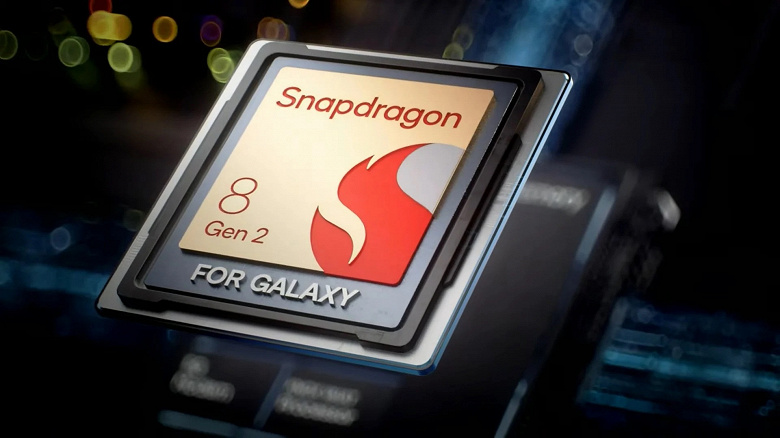But there are many reasons
Samsung has increased its costs for the purchase of single-chip systems for smartphones several times in recent years.

According to insider Revegnus, in the first three quarters of this year, Samsung spent almost $7 billion on this area, which is 10.4% more than in the same period last year. The growth is not very significant, however, for the entire 2021, only $4.8 billion was spent on these same tasks, for 2020 – 4.3 billion, and in 2019 the amount was only 2.3 billion.
But even Samsung budget phones now have normal performance.
Of course, a significant part of the growth is due to the constant rise in price of the flagship SoC Snapdragon 8. Let us recall that the Snapdragon 8 Gen 2 allegedly cost $160 at the start. In addition, we must add inflation and, in general, rising prices for semiconductor products.
Part of the increase in costs may be due to the fact that inexpensive Samsung devices have finally begun to receive completely normal platforms, and not SoCs that are head and shoulders inferior to competitors in the same price range.
It is also worth saying that rising platform costs are an additional incentive for Samsung to further develop its own Exynos SoCs.
Insider Revegnus was the first to publish a photo of the Samsung Galaxy Z Flip5 before its release, reported on the AMD GPU in the Exynos 1480 SoC, and also described the characteristics of the Exynos 2400, which were then confirmed in Geekbench software.




